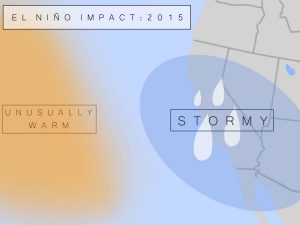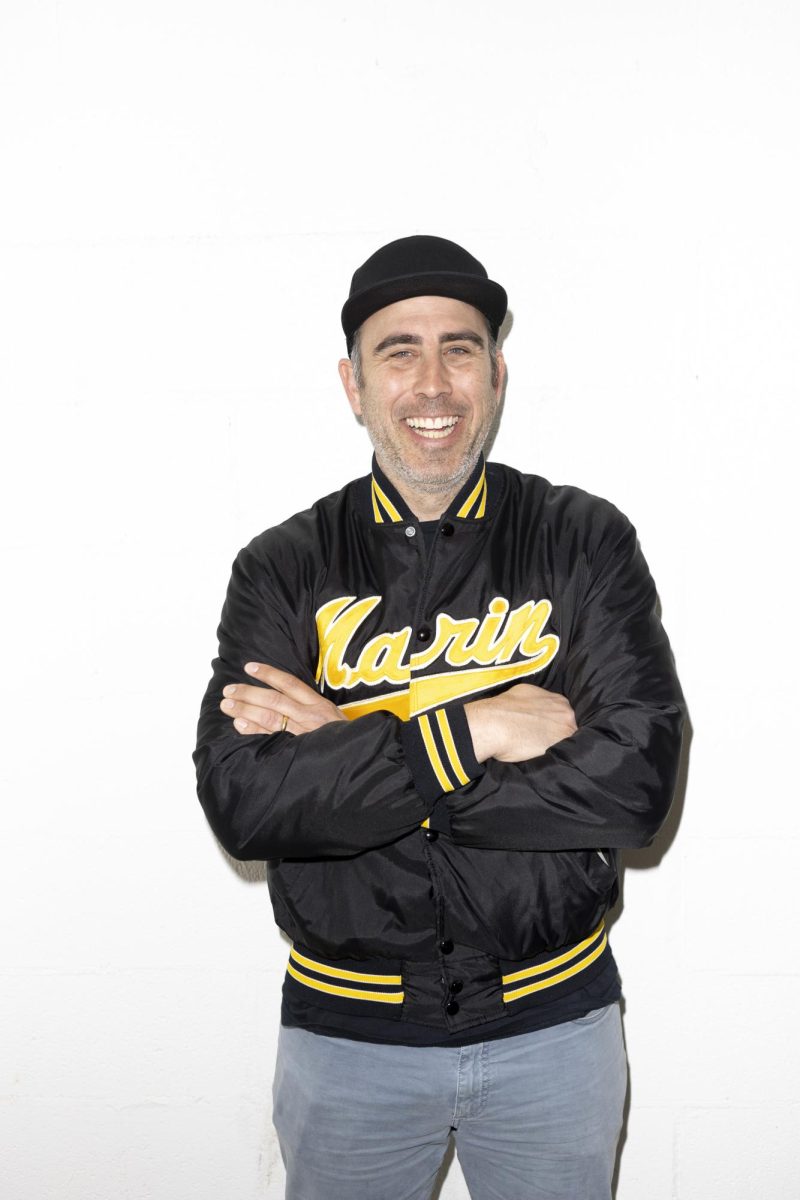The Pacific Ocean is currently experiencing unusually warm water temperatures, which is a symptom of an El Niño weather pattern. It is known as the ‘Godzilla El Niño,’ and scientists and meteorologists predict the El Niño will create powerful storms, delivering much-needed water to California’s grueling four-year long drought.
According to Dr. Warren Blier, a Science and Operations Officer at the National Oceanic and Atmospheric Association, El Niño is defined as unusually warm ocean water temperatures in the eastern equatorial Pacific Ocean.

In an El Niño event, [the weather] gets a bit warmer than it typically has,” Blier said. “It has impacts on the general weather patterns across the globe.”
According to Blier, El Niño is at a strength where it could last several months, meaning an unusually wet winter for California residents.
Blier also said that while the El Niño itself does not present any danger, there is a possibility that the increasing frequency of storms and strong winds could generate hazards.
According to AP Environmental Science teacher Joe Stewart, the likelihood of having large storms this winter is between 82 to 97 percent, meaning flooding may occur in areas surrounding Redwood High School, as it is just a few inches above sea level.
AP Environmental Science teacher Mitch Cohen said that winds blowing from the south push water upwards, which could add several more inches of water to the sea level, magnifying the chance of a flood.
“If you have a big high tide, corresponding with a lot of rain, there’s just nowhere for that water to go,” Cohen said.
As for California’s drought, Blier said that the the rain caused by El Niño will not solve the water shortage entirely, though it will help reduce the extremity and replenish dry soil and reservoirs.
“If things turn out the way we’re thinking now, it should help a lot in making the drought much less severe, but one wet winter can’t make up for four dry years. It’s certainly a big step in the right direction,” Blier said.
According to Cohen, unlike much of California, Marin County’s reservoirs are fairly full. However, because the rest of California relies on the snowpacks of the Sierra Mountains as their main water source, the snowfall generated from El Niño will be beneficial to the drought.
“That’s the beauty of the snowpack, it’s a stored reservoir that can slowly melt off in the spring,” Cohen said.
To predict the likelihood of El Niño, Blier said that scientists model physical processes in the ocean with mathematical equations and calculate them to predict what the future atmospheric conditions will look like.
“Since so many of the different techniques that are being used to do this keep coming up with the same answer, the confidence is high that this is what we will probably see,” Blier said.





















